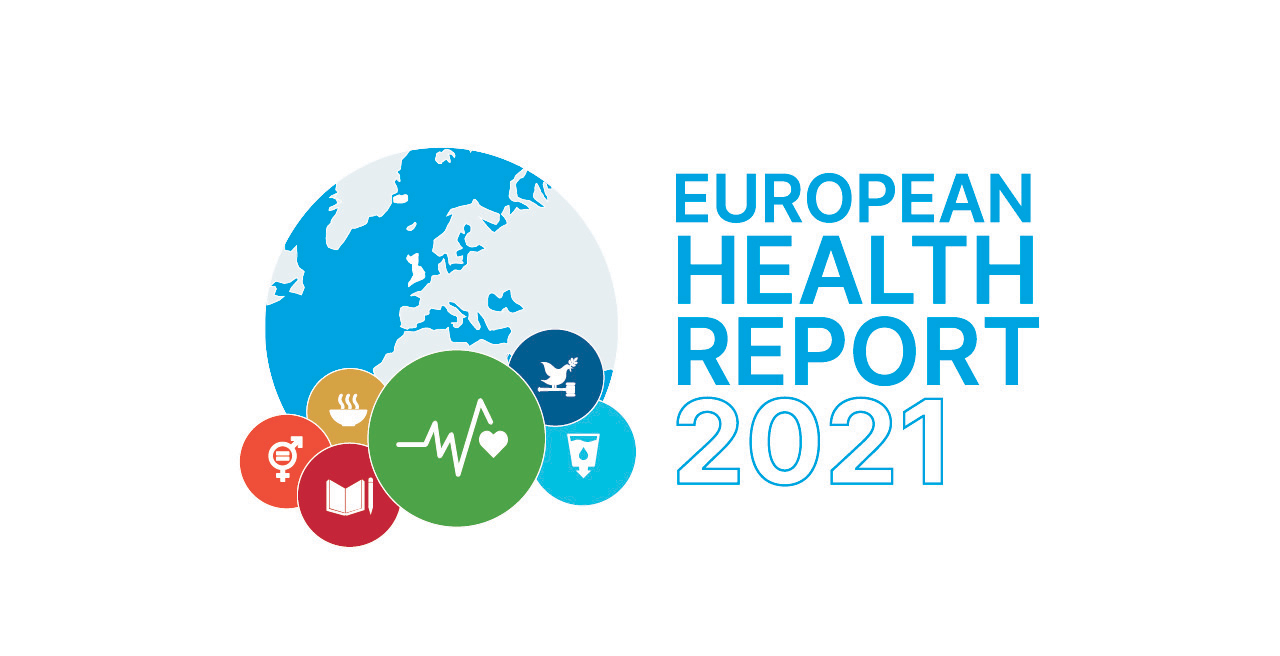Copenhagen, 25 April 2024
Across Europe, central Asia and Canada, a concerning picture of adolescent substance use emerges from a new WHO/Europe report. With over half of 15-year-olds surveyed having experimented with alcohol and a shocking 1 in 5 having recently used e-cigarettes, the risks to young people are clear. The new data from the Health Behaviour in School-aged Children (HBSC) study also highlights a narrowing gender gap in substance use, emphasizing the need for targeted prevention strategies. The long-term consequences of these trends are significant, and policy-makers cannot afford to ignore these alarming findings.
Major findings include:
Prevalence of alcohol consumption: alcohol is the most frequently consumed substance among adolescents, with 57% of 15-year-olds surveyed having tried alcohol at least once and nearly 4 in 10 (37%) indicating they have consumed alcohol in the past 30 days.
The popularity of e-cigarettes: e-cigarettes have surpassed conventional cigarettes in popularity, with 32% of 15-year-olds surveyed reporting e-cigarette use at some point and 20% in the past 30 days.
Cannabis use trends: cannabis use shows a slight decrease, with the percentage of 15-year-olds who have ever used cannabis falling from 14% in 2018 to 12% in 2022.
Narrowing gender gap: the disparity in substance use between genders is rapidly closing, with girls equalling or surpassing boys in rates of smoking, alcohol consumption and e-cigarette use by the age of 15.
Alcohol use widespread among adolescents
Alcohol is by far the most commonly used substance among adolescents. More than half (57%) of 15-year-olds have tried alcohol at least once (56% of boys and 59% of girls), and nearly 40% reported drinking alcohol in the past 30 days (36% of boys and 38% of girls).
Roughly 1 in 10 (9%) adolescents across all age groups have experienced significant drunkenness – being drunk at least twice – in their lifetime, a rate that alarmingly climbs from 5% at age 13 to 20% by age 15, demonstrating an escalating trend in alcohol abuse among youth. Furthermore, recent patterns reveal that the incidence of drunkenness within the past 30 days also increases with age, jumping from 5% among 13-year-olds to an alarming 15% among 15-year-olds, highlighting an urgent need for targeted intervention strategies to curb this growing issue of underage drinking.
These findings highlight how available and normalized alcohol is, showing the urgent need for better policy measures to protect children and young people from harms caused by alcohol.
E-cigarettes are more popular than conventional cigarettes among adolescents
The use of e-cigarettes is becoming increasingly popular among adolescents. The study found that around a third (32%) of 15-year-olds had used e-cigarettes during their lifetime, and 20% had used these products in the past 30 days. This compares with 25% of 15-year-olds having smoked a conventional cigarette in their lifetime and 15% having smoked a cigarette in the last 30 days.
A higher proportion of e-cigarette use compared to cigarette smoking can be seen from the age of 13: 11% of 13-year-olds report having ever smoked a cigarette, compared with 16% who have ever used an e-cigarette. Further, 5% of 13-year-olds report smoking a cigarette in the last 30 days compared to 9% who used an e-cigarette in the last 30 days. This transition to e-cigarettes as a more popular choice than conventional cigarettes calls for targeted interventions to address this emerging public health concern, including targeting harmful product placement in video games, entertainment programmes and other content aimed at young people via multimedia platforms.
“I play a lot of video games,” said Imran, a 15-year-old boy WHO/Europe interviewed in Sweden. “If your [video game] character is holding an alcoholic drink in his hands, or a cigarette, that can impact you and makes it seem normal.”
The study highlights the urgent need for robust prevention strategies to safeguard adolescents from harmful substances. It is crucial to recognize that the negative impact of these substances extends beyond users, affecting the broader youth community.
Cannabis use decreases slightly
When it comes to cannabis, more than 1 in 10 (12%) 15-year-olds report having ever used the substance, a slight decline since 2018 (down from 14%), while 6% of 15-year-olds report having used cannabis in the last 30 days.
Early cannabis use can lead to dependence and problematic use patterns later in life. Prevention efforts tailored to adolescents are crucial in mitigating these risks and promoting healthy choices.
Gender gap narrows in adolescent substance use: girls catching up to boys
The study unveils a significant shift in adolescent substance use patterns, challenging traditional gender norms.
Historically, substance use was more common among boys than girls, but the landscape is changing. By age 15, girls not only catch up to but, in some cases, surpass boys. This includes cigarette smoking, where a notable difference at age 11 disappears by age 15; e-cigarette usage, with girls outpacing boys; and alcohol consumption, where girls exhibit marginally higher rates.
The closing of historical gender gaps in substance use, especially among older adolescents, calls for the development of prevention strategies that are sensitive to the unique experiences and needs of both boys and girls. Tailored interventions that consider these evolving dynamics are crucial for effective prevention.
Prevention measures are needed to protect the health of adolescents
To reduce the use of alcohol, nicotine and tobacco products, and prevent their uptake by young people, comprehensive measures, outlined in various international treaties and WHO recommendations, must be urgently implemented. These include but are not limited to:
- the increase of excise taxes;
- limiting the availability of nicotine and tobacco products and alcohol, for example through reduced hours or locations of sale, and the enforcement of minimum legal ages for purchasing such products;
- banning all flavouring agents, including menthol and synthetic menthol analogues in all nicotine and tobacco products; and
- enforcing a comprehensive ban on advertising, promotion and sponsorship opportunities on mainstream and social media.




